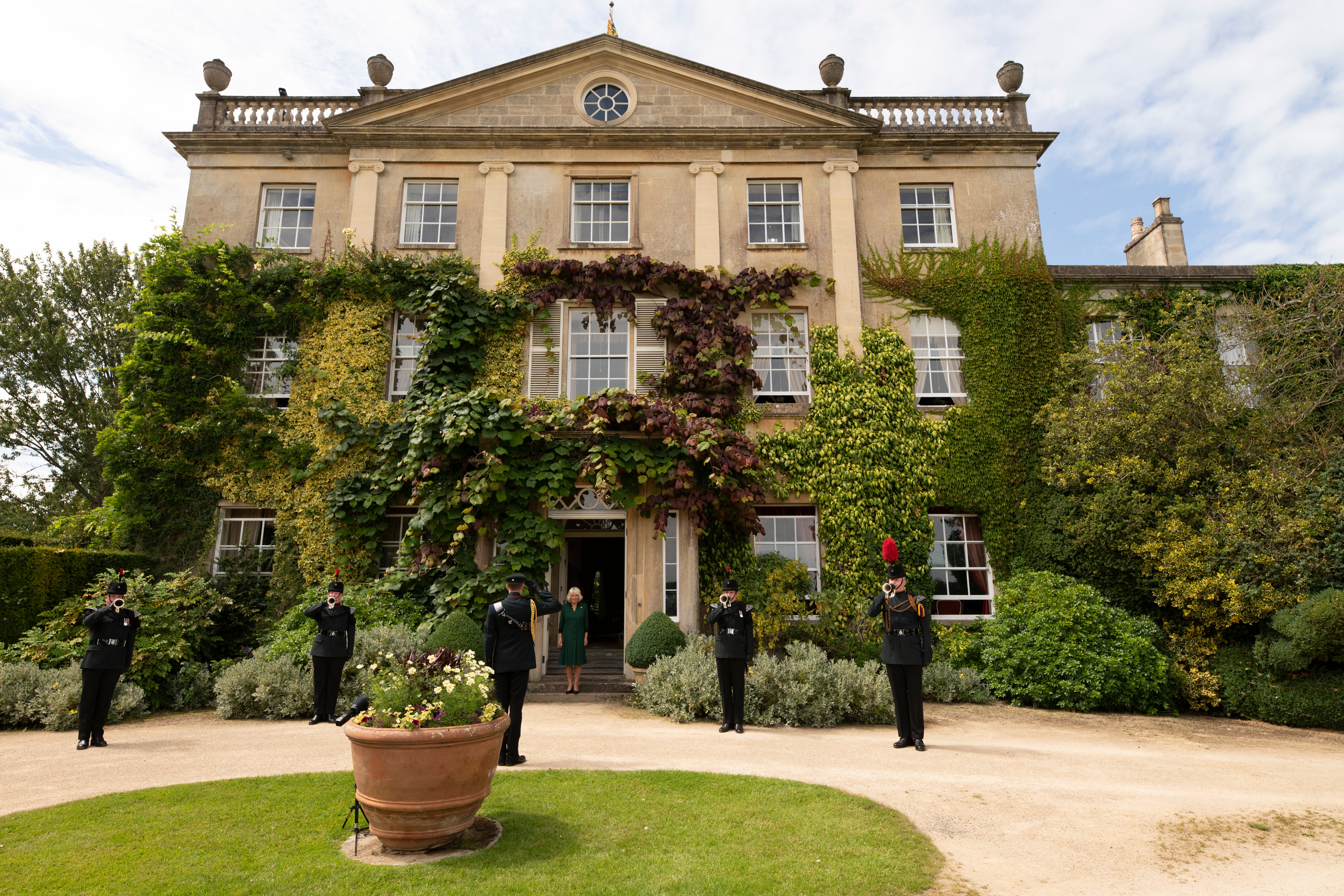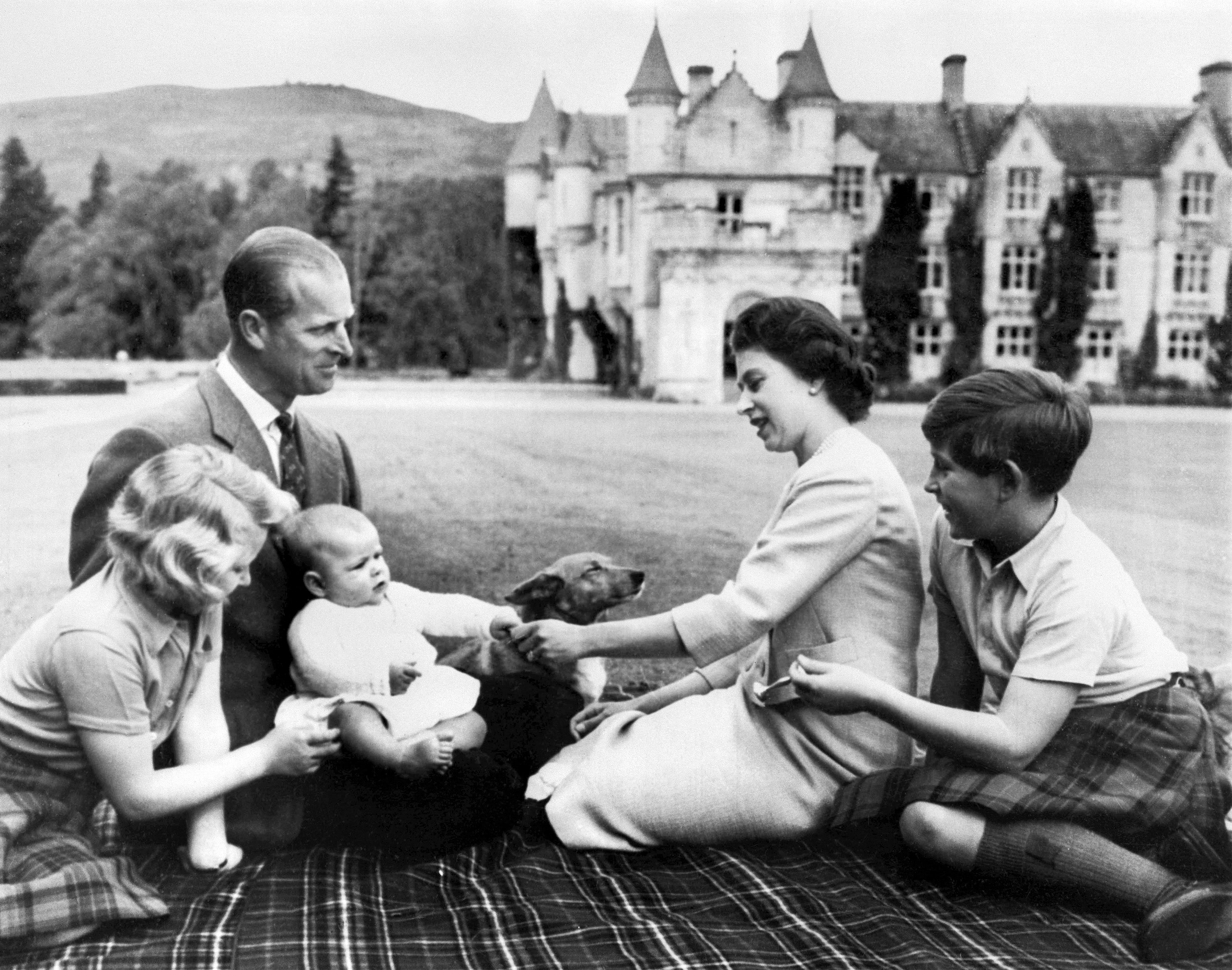
Now that King Charles III has succeeded his late mother, Queen Elizabeth II, on the British throne, he gains control of the royal family’s portfolio of historic palaces, castles and stately homes across the country.
Buckingham Palace, Windsor Castle, Clarence House, Kensington Palace, St James’s Palace, the Palace of Holyroodhouse and Hillsborough Castle are all owned and administered by the Crown Estate on behalf of the British monarchy, while others, such as Balmoral in Aberdeenshire and Sandringham in Norfolk, are the personal property of the family.
As Prince of Wales, Charles and his wife, Camilla Parker Bowles, lived at Clarence House on The Mall in central London, a short stroll from Buckingham Palace.
But now that Charles wears the crown, he might be expected to move into the palace, potentially enabling his son William, the new Prince of Wales, to take his place at Clarence House.
However, The Guardian’s report last week indicating that the residence would be “closed down” and its staff made redundant, citing a letter by Charles’s principal private secretary Sir Clive Alderton, suggests otherwise.
Buckingham Palace has been the headquarters of the royal family since 1837, boasts 775 rooms and remains one of London’s biggest tourist attractions, proving its worth once again earlier this summer when it was a focal point for the platinum jubilee celebrations held to honour Her Majesty’s record-breaking reign.
For their part, the Duke and Duchess of Cornwall and Cambridge recently moved to Adelaide Cottage in Windsor, with their young children George, Charlotte and Louis starting their first term at nearby Lambrook School in the week of their great-grandmother’s death.
The couple opted against living at Kensington Palace at an earlier stage of their marriage to ensure they and their children enjoyed greater privacy.

Should King Charles prefer to keep Buckingham Palace for ceremonial occasions, such as hosting state visits by foreign dignitaries, he could choose to make Highgrove House his primary residence instead.
The new king acquired the 18th-century property in Tetbury, Gloucestershire, in 1980 and is known to be very fond of its organic gardens, which contributed some of the flowers for the wreath adorning the Queen’s coffin during Monday’s spectacular funeral procession.
The property attracts an estimated 40,000 visitors per year.
King Charles and the Queen consort also own Llwynywermod in Myddfai, Carmarthenshire, which they might be expected to pass on to the new Prince of Wales to give him a residence in the country he has inherited the honour of representing.

It has also been suggested that Prince William and his family could be given the 53,000-acre Birkhall estate near Balmoral as a gift.
Other members of the royal family are largely expected to stay living in their current residences.
Princess Anne resides at Gatcombe Park in Minchinhampton, Gloucestershire, along with her children Peter Phillips and Zara Tindall and their respective families. Her brother Prince Andrew, the Duke of York, lives at the Royal Lodge at Windsor Great Park in the shadow of a castle that was so often a sanctuary to his mother in moments of national crisis, from the Second World War to the coronavirus pandemic.
The royal family is also expected to continue to spend its summer holidays at Balmoral and its Christmases at Sandringham, as it has done for decades.
That said, King Charles has reportedly been considering turning the family’s 50,000-acre Scottish estate into a museum dedicated to his mother’s memory.

The property, first acquired by Prince Albert as a gift for his wife Queen Victoria in 1852 for use as a hunting manor, is said to be worth £120m.
While Victoria’s son and heir Edward VII was not so enamoured of the castle, his subsequent successors George V, George VI and later Elizabeth II developed a fondness for it.
As a young princess, the late Queen spent time with her sister Princess Margaret there riding horses and enjoying parlour games.
Her association with Balmoral continued throughout her reign: it was where Prince Philip proposed to her in 1946, where she retreated with her grandsons away from the media glare following the death of their mother Princess Diana in 1997 and where she passed away on 8 September, just two days after welcoming her 15th and final prime minister, Liz Truss.







